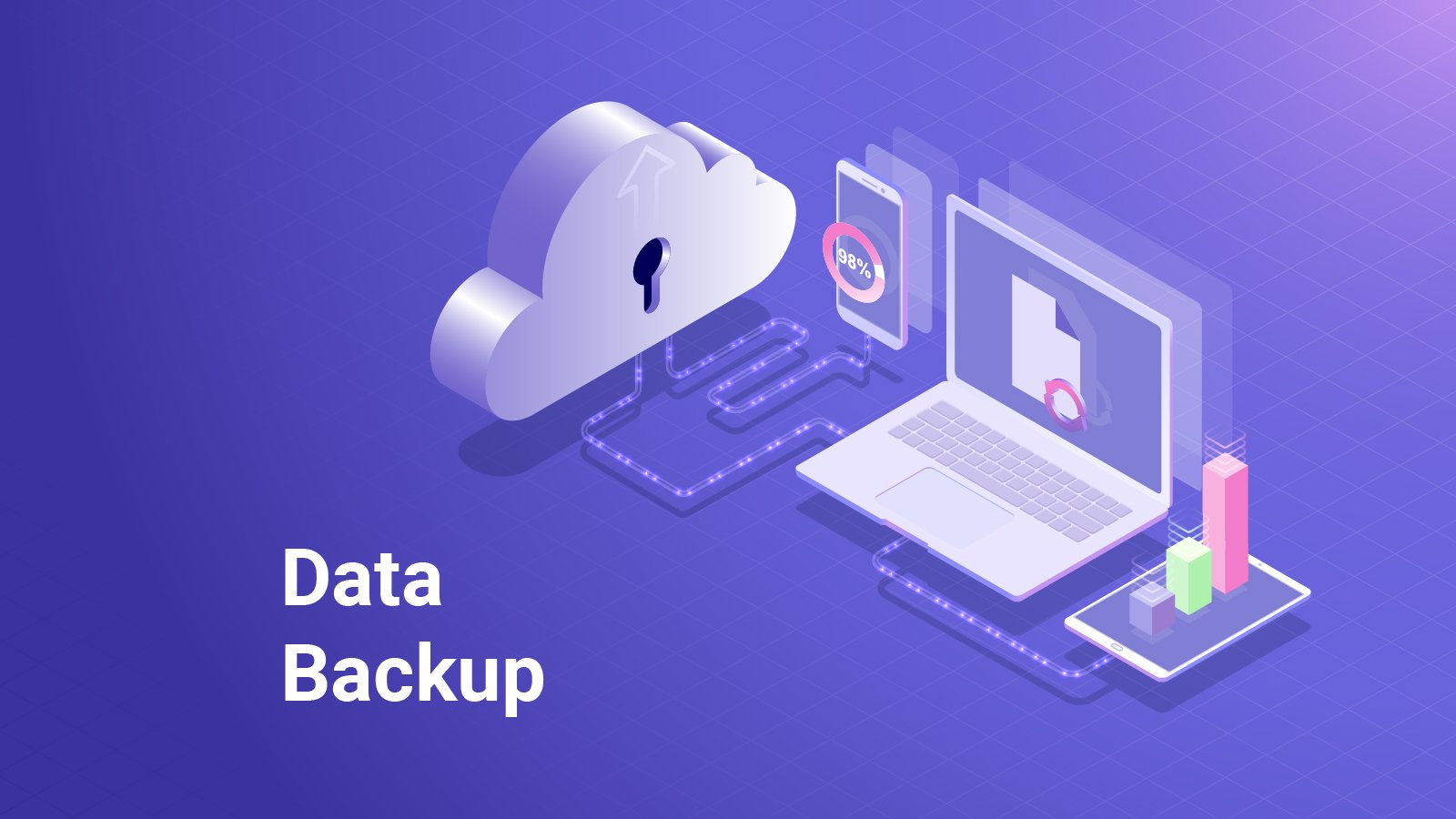The Growing Importance of Data Protection
In our digital age Backup Data Solutions Is Important, safeguarding data has become increasingly crucial. Cyberattacks, hardware failures, and natural disasters can all jeopardize the integrity of valuable information. These threats are not limited to large corporations; even small businesses and individual users can fall victim to data loss. Therefore, organizations need to prioritize data protection to guarantee business continuity and uphold the trust of their stakeholders. Backup data solutions play a pivotal role in mitigating these risks. By implementing robust data protection strategies, businesses can safeguard critical information and recover swiftly from disruptions. The importance of a well-structured backup plan cannot be overstated, as it serves as the last line of defense against data loss. An effectively executed backup plan can aid in meeting regulatory requirements, particularly in sectors dealing with sensitive data like healthcare and finance.
Understanding Different Backup Methods
Various backup methods are available, each with advantages and drawbacks. Understanding these methods can help organizations make informed decisions about their data protection strategies. The most common methods include full, incremental, and differential backups.
- Full Backups: A complete copy of all data, typically performed at regular intervals. Although it provides comprehensive protection, it requires significant storage space and time. Full backups are often considered the gold standard in data backup solutions due to their ability to restore the entire system quickly. However, the process can be resource-intensive, so businesses must have the necessary infrastructure to support full backups.
- Incremental Backups: The information that has been altered since the previous backup is duplicated, preserving time and storage capacity. This method is efficient but can be complex to manage during recovery. Incremental backups are ideal for environments where data changes frequently and quick daily backups are necessary. Despite the complexity during recovery, incremental backups offer a detailed history of data changes, which can be invaluable for troubleshooting and auditing.
- Differential Backups: This method involves backing up all data changes since the last full backup, balancing coverage and efficiency. It simplifies recovery but requires more storage than incremental backups. Differential backups provide a middle-ground solution, combining the benefits of full and incremental backups. They offer a quicker recovery process than incremental methods, as fewer backup sets are needed to restore data fully.
Implementing Cloud-Based Backup Solutions
Cloud-based backup solutions offer a scalable and flexible option for data protection. Organizations can benefit from offsite storage, easy data access, and disaster recovery capabilities by leveraging cloud technology. Additionally, cloud backups can be automated, ensuring regular and consistent protection for critical data. With cloud-based solutions, businesses can also eliminate the need for physical storage infrastructure, reducing costs and maintenance efforts. Besides, cloud providers often offer advanced security features, such as end-to-end encryption and multi-factor authentication, further securing backed-up data from unauthorized access.
Creating a Robust Data Recovery Plan
A comprehensive data recovery plan is essential for effective business continuity. This includes identifying critical data, establishing recovery time objectives (RTOs), and testing the recovery process regularly. A well-documented plan ensures all stakeholders know their roles and responsibilities during data loss. Regular drills and updates to the plan can address potential weaknesses and improve response times during actual incidents. A robust data recovery plan also involves prioritizing data based on its importance to business operations, ensuring that the most critical data is restored first in an emergency. Testing the plan in different scenarios can highlight unforeseen complications and help fine-tune recovery strategies for various disaster situations.
Best Practices for Maintaining Data Integrity
Maintaining data integrity is crucial for ensuring backup data is accurate and reliable. Regular checks and audits of backup data help identify and rectify inconsistencies. Employing encryption and access controls can further protect data from unauthorized access and corruption. Ensuring that backup systems are up-to-date and compatible with current technologies is also vital for maintaining data integrity. Regularly updating the backup software and hardware provides the latest security patches are applied, minimizing vulnerabilities. Furthermore, documenting and reviewing backup policies can help maintain data integrity by ensuring all procedures are followed correctly, and adjustments are made as needed.
The Role of Automation in Backup Solutions
Automation can streamline the backup process, reducing the risk of human error and ensuring timely data protection. Automated backup solutions can schedule regular backups, monitor the health of backup systems, and automatically alert administrators to potential issues. Automation also allows IT teams to focus on more strategic tasks, enhancing productivity. Moreover, automated systems can perform backups during off-peak hours, minimizing the impact on daily operations. Automation can also integrate with other IT systems, providing a comprehensive and cohesive data management and security approach.
Assessing Backup Solution Providers
Selecting the correct provider for backing up data ensures sufficient protection. Factors to consider include:
- The provider’s reputation.
- The robustness of their security measures.
- The ability to scale with the organization’s needs.
Feedback and real-life examples can offer valuable perspectives on the effectiveness and dependability of various service providers. Additionally, evaluating the provider’s customer support and service level agreements (SLAs) can help ensure prompt assistance during emergencies. It is also essential to assess the provider’s data center locations and compliance with industry regulations to ensure data sovereignty and legal compliance. Engaging in a trial period with a backup solution provider can offer firsthand experience with the product’s capabilities and support services, aiding in the decision-making process.
Future Trends in Data Backup and Recovery
The data backup and recovery landscape is continually changing. Newly developing technologies like AI and ML are starting to create a notable impact. These technologies make it possible to predict potential failures and enhance recovery strategies through predictive analysis. Remaining updated on these trends can assist organizations in staying ahead in the industry. Furthermore, ongoing research is being carried out to investigate how blockchain technology can be used for secure and immutable backups. As companies embrace cutting-edge technologies, their backup systems will enhance efficiency, dependability, and safety.







































































Pingback: ASUS ZenWiFi XD6: The Ultimate Mesh Wi-Fi Solution for Seamless Home Connectivity